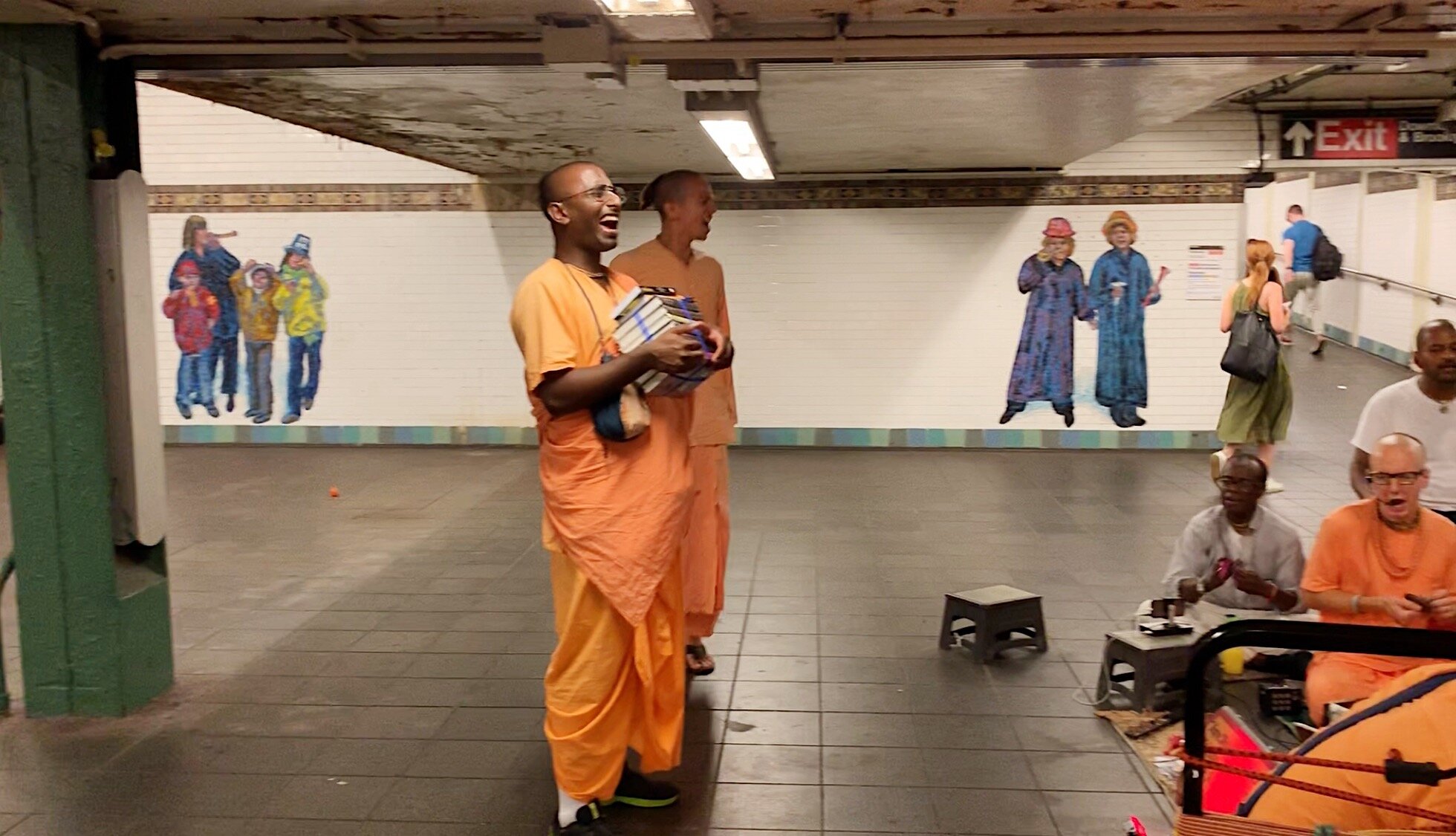columbia journalism school
master’s thesis: Unpackaged
It is nearly impossible to live a completely plastic-free life. The material is present in every aspect of our lives: to package our food, our beauty products, our online packages and more. In Thailand, where I spent most of my childhood, plastic usage remains ridiculously high, with convenience stores packaging single boiled eggs in an extra layer of plastic and serving drinks in plastic bags. In less than a century, the durable, non-biodegradable product has taken over our planet.
The fact that plastic is bad for the environment isn’t exactly a new concept. An increasing number of communities around the world are trying to cut back, choosing to use cloth bags for their groceries and recycling their plastic trash. But one aspect that remains overlooked is what everything we buy comes in: packaging.
Through my master’s project, I looked at three different types of package production: food, toiletries and online shopping. I investigated how companies have evolved to produce more environmentally-friendly packaging. I reported on how the consumer mindset has presented obstacles in going sustainable. Lastly, I analyzed where the U.S. stands in the global effort for more sustainable packaging.
news product design: Panorama
For my news products coursework, my team designed Panorama, a platform for international news. Besides being an aggregator, Panorama is designed for local newsrooms and reporters to broadcast their stories for a broader audience. Readers can dive deeper into stories, whether they be about places, cultures, politics, music, cinema and more. Our design relied on visual interaction through the following core features:
Navigable Map: Quickly navigate to your places of interest but also discover new regions. These could be cities or towns you’ve heard of but could never quite place.
Context Cards: It can be difficult to keep up with regional developments if one is physically removed from the place. Context cards will break down concepts like people, places, and events, familiarizing the user with what they’re reading.
Interactive Tiles: As you navigate the map, watch your feed dynamically populate with tiles representing stories.
data analysis: Tracking the Pandemic (Detroit Free Press)
As part of my computational journalism coursework, my classmates and I scraped data from government websites for the Detroit Free Press’ coverage of the pandemic. I specifically scraped the race and gender data.
article: Maryland Dispatch- 7,000 Miles From Home and Yearning for Family
After the first cases of COVID-19 happened and Columbia University shut down, the Graduate School of Journalism created a website to publish student work and reporting on the virus. I wrote a piece for their vertical, “Dispatches from the Pandemic” about my own experiences.
video: Pratima Doobay—Hindu Priestess
As a child, Pratima Kushmani Doobay, 28, enjoyed doing poojas--Hindu prayer rituals--with the numerous idols around her home. As the daughter of a pundit, or Hindu priest, praying was second-nature to her.
“Pooja was just the most comforting thing to me,” Pratima said. “I started to treat the murtis (idols) as if they were my friends.”
Today, Pratima performs poojas, officiates weddings and leads funerals. She is also a community grassroots organizer within the Guyanese community in New York, and works to raise awareness about being LGBTQ+ and on taboo issues like domestic violence.
Pratima was 22 years old when she realized she’d been living in a bubble her entire life. By that point, she had already dated a woman for four years. Her traditional, religious Indo-Guyanese parents didn’t know she was queer.
When Pratima came out to them, they dismissed it as a phase. Her father, in particular, had strong opinions on Pratima’s gender identity and used religion to defend his viewpoints.
“He said I was born into this world as a woman, that nowhere in the scriptures does it say a woman is meant to be with another woman,” Pratima said. “I told him he couldn’t use scripture and God to defend what he didn’t understand.”
Frustrated and unhappy, Pratima moved out and started living with her girlfriend at the time. But the relationship turned abusive and after six years, Pratima broke it off and returned home. She said this pushed her to work on improving her relationship with her parents.
“Me leaving and coming back helped because they realized they didn’t want to lose their child,” Pratima said.
video: Arjun Gurung—Tattoo Artist
Arjun Gurung came to the United States two years ago with his family to start a tattoo shop in New York City. His father has been running a tattoo shop for over 20 years. Arjun is learning the craft and creating his own designs too.
audio: Hare Krishnas in NYC
An audio story I did in my first semester for a workshop. This three-minute piece follows the Hare Krishnas, a group of radical Hindu devotees, and how they are spreading their faith through public chants in the city.
video: Mornings at Staten Ferry
A short video about rush hour at the Staten Ferry pier. A shooting, lighting and sound exercise.
video: Tribute in Light
Created as part of Columbia University's annual documentary project for 9/11. A lighting exercise.




